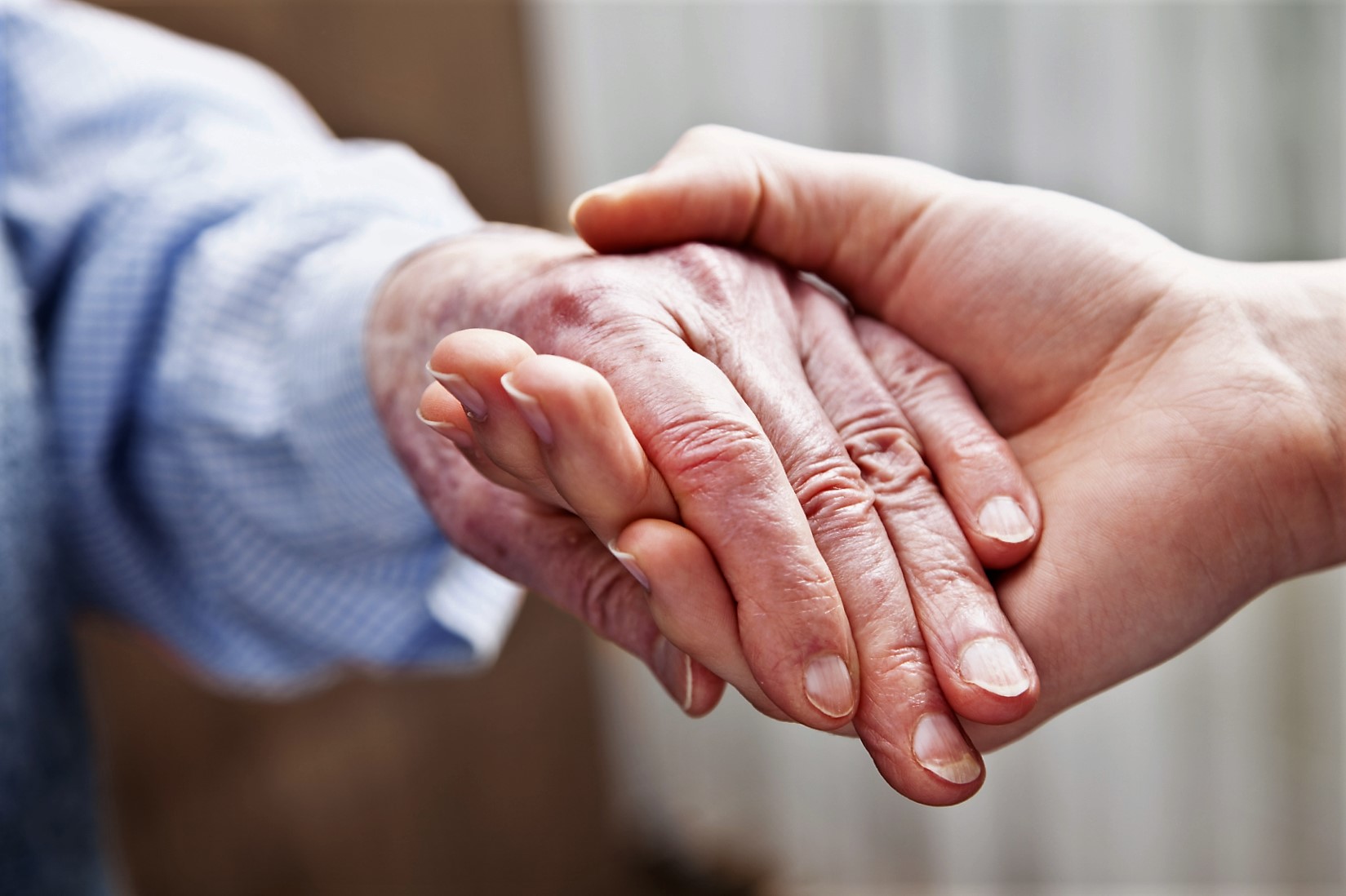Older adults can save tens of thousands of dollars annually by choosing assisted living communities over aging in place in their homes.
Unlike point solutions, Inspiren unifies resident safety, care planning, staffing, and emergency response into a single AI-powered platform.
An artificial intelligence-powered virtual assistant platform for senior living and care providers.

 Smart home, plugged in but not connected. Consider the Boston Consulting Group’s 2018 market sizing and landscape
Smart home, plugged in but not connected. Consider the Boston Consulting Group’s 2018 market sizing and landscape  It's 2021 -- are older adults well-served by technology? Some progress has been made --
It's 2021 -- are older adults well-served by technology? Some progress has been made --  Beacon Hill Village created a concept out of need... Long ago, the topic of aging in place was born within the pioneer community of the ‘Village’ movement --
Beacon Hill Village created a concept out of need... Long ago, the topic of aging in place was born within the pioneer community of the ‘Village’ movement --  Our technology language and expectations change. One day a phenomenon that might once have seemed startling becomes so accepted that we scarcely notice what changed. Technology once perceived as innovative and useful, degenerates through actual usage into a worrisome trend that begs for individual and/or parental control – even inviting
Our technology language and expectations change. One day a phenomenon that might once have seemed startling becomes so accepted that we scarcely notice what changed. Technology once perceived as innovative and useful, degenerates through actual usage into a worrisome trend that begs for individual and/or parental control – even inviting  What could have happened in the home care industry didn’t.
What could have happened in the home care industry didn’t.  September 2021 – it got away.
September 2021 – it got away.  Apple gets it that its customers are aging – and have their devices. That was not always the case. Long ago, maybe as early as 2009, a query was placed to the analyst relations team at Apple to find folks to discuss Apple and technology adoption of older adults. The answer was: "Apple does not do aging." Then in 2010, on behalf of an AARP-sponsored research effort to contact a few of multiple Apple groups already involved one way or the other (Apple Health!), got no response to requests to interview execs that would have been interested based on their roles. That was then. Fast forward to 2021 and the fact that baby boomers have all the money (and many health issues, too). Note
Apple gets it that its customers are aging – and have their devices. That was not always the case. Long ago, maybe as early as 2009, a query was placed to the analyst relations team at Apple to find folks to discuss Apple and technology adoption of older adults. The answer was: "Apple does not do aging." Then in 2010, on behalf of an AARP-sponsored research effort to contact a few of multiple Apple groups already involved one way or the other (Apple Health!), got no response to requests to interview execs that would have been interested based on their roles. That was then. Fast forward to 2021 and the fact that baby boomers have all the money (and many health issues, too). Note  AI – it’s everywhere, including tech for older adults. So what is AI?
AI – it’s everywhere, including tech for older adults. So what is AI?  Once upon a time, there were photo albums. You know, the kind that have leather-like binders, with plastic covers for the prints. People would buy extra prints for their friends and relatives after a big event like a wedding (remember wedding albums?). Binders would fill bookshelves (remember bookshelves? They once held books). Then along came Facebook so that families could keep up with each other’s kid and dog photos. A study in 2013 noted that this was a bit
Once upon a time, there were photo albums. You know, the kind that have leather-like binders, with plastic covers for the prints. People would buy extra prints for their friends and relatives after a big event like a wedding (remember wedding albums?). Binders would fill bookshelves (remember bookshelves? They once held books). Then along came Facebook so that families could keep up with each other’s kid and dog photos. A study in 2013 noted that this was a bit  Shining a harsh light on Facebook – the company. Founded by a near-teenager in 2004, the company is a
Shining a harsh light on Facebook – the company. Founded by a near-teenager in 2004, the company is a